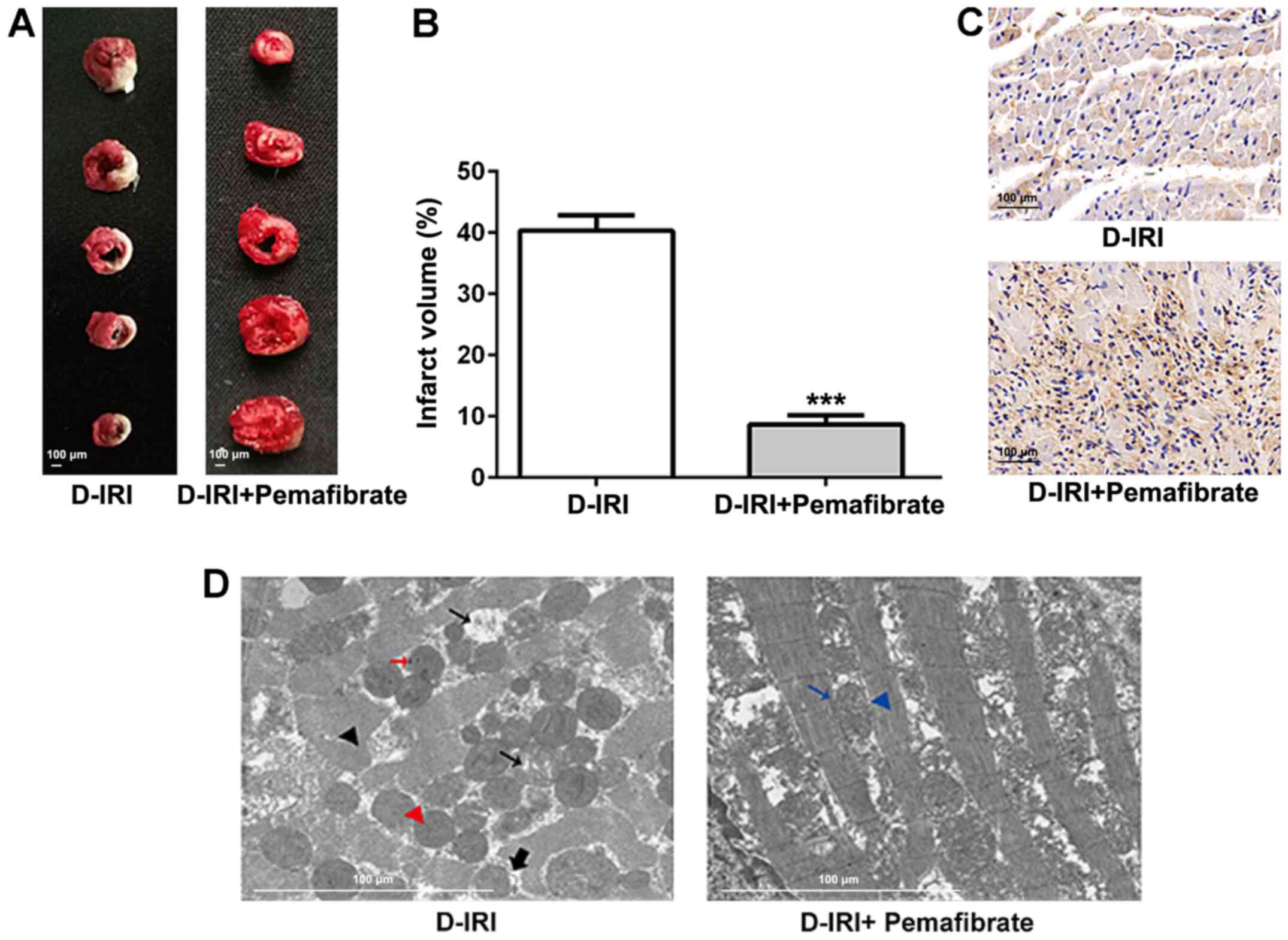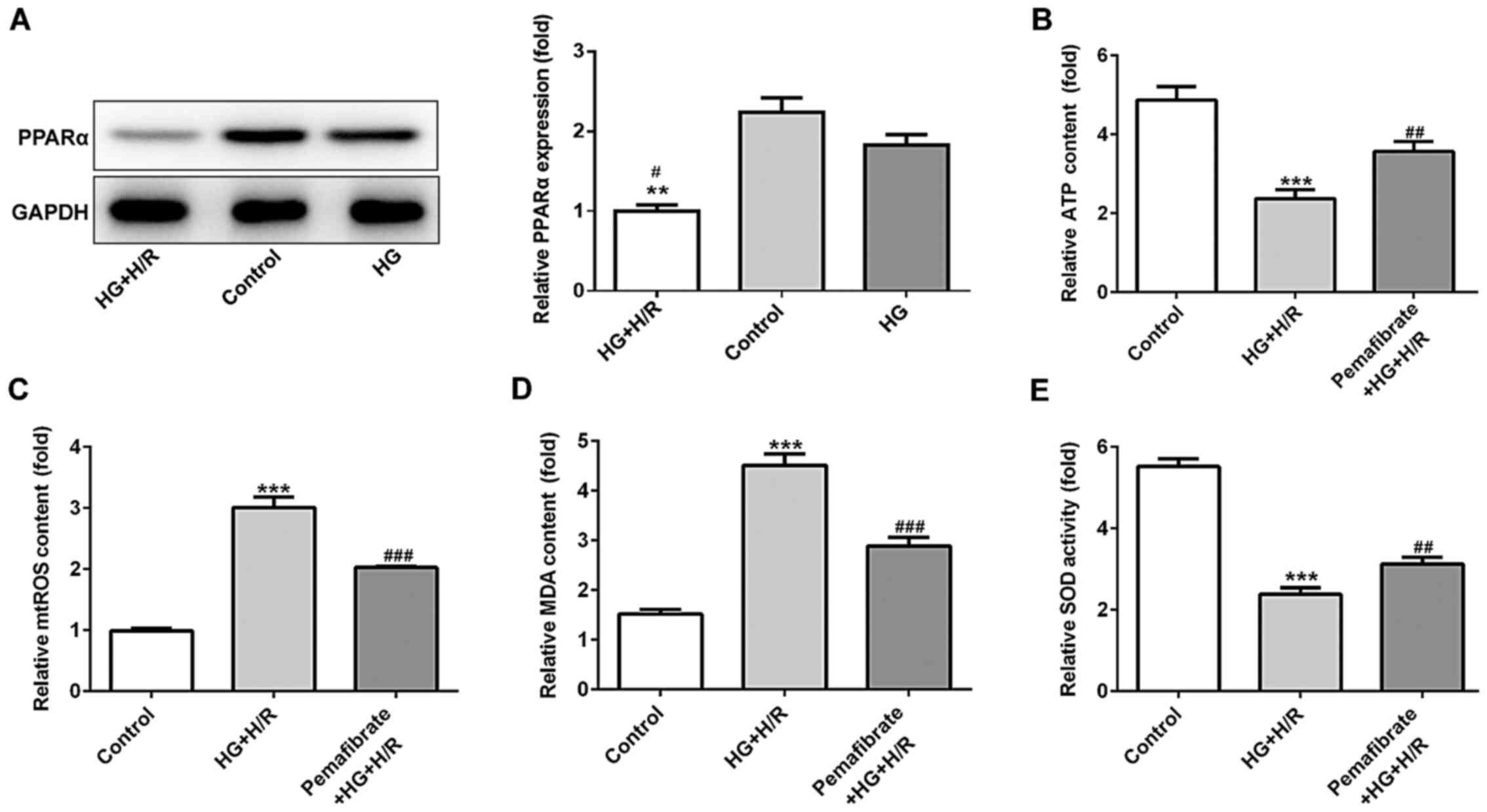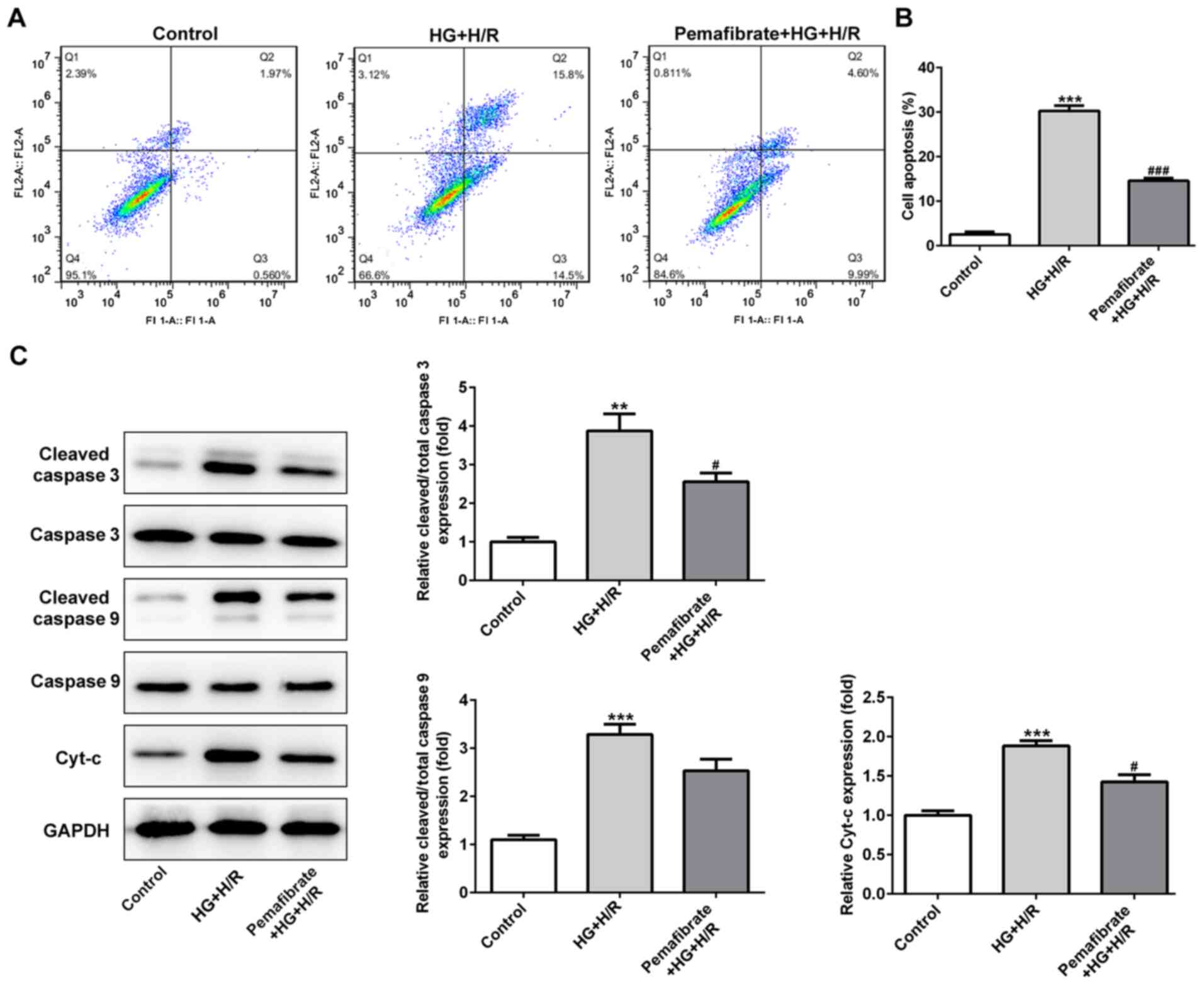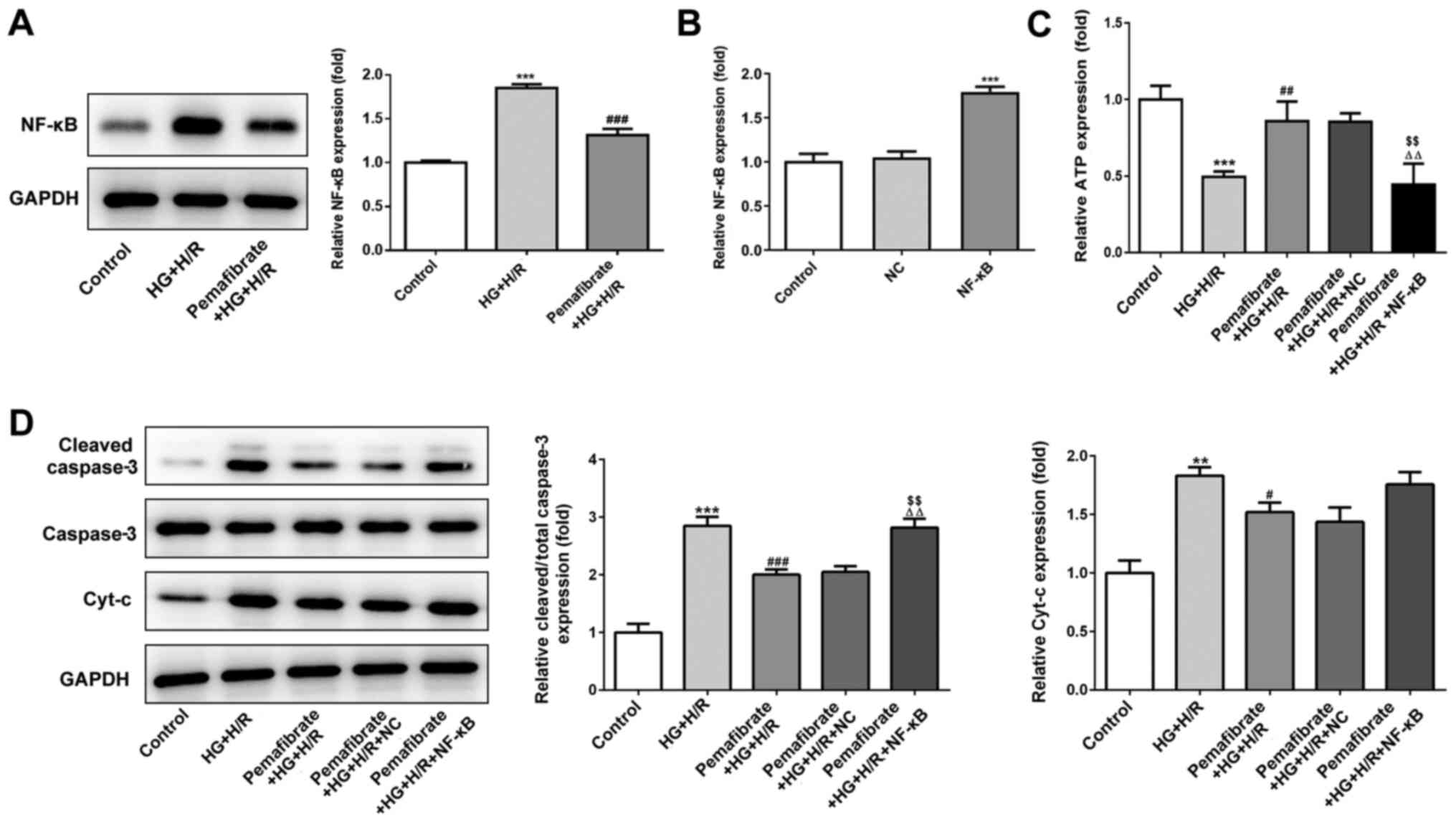|
1
|
Bhawal UK, Yoshida K, Kurita T, Suzuki M,
Okada Y, Tewari N, Oka S, Kuboyama N and Hiratsuka K: Effects of
830 nm low-power laser irradiation on body weight gain and
inflammatory cytokines in experimental diabetes in different animal
models. Laser Ther. 28:257–265. 2019.PubMed/NCBI View Article : Google Scholar
|
|
2
|
Odak M, Douedi S, Upadhyaya V, Fadhel M
and Cosentino J: Focal neurological seizure due to hyperglycemic
hyperosmolar non-ketotic syndrome in undiagnosed diabetes mellitus.
Cureus. 12(e9909)2020.PubMed/NCBI View Article : Google Scholar
|
|
3
|
Hegazy GA, Awan Z, Hashem E, Al-Ama N and
Abunaji AB: Levels of soluble cell adhesion molecules in type 2
diabetes mellitus patients with macrovascular complications. J Int
Med Res. 48(300060519893858)2020.PubMed/NCBI View Article : Google Scholar
|
|
4
|
Šimonienė D, Platūkiene A, Prakapienė E,
Radzevičienė L and Veličkiene D: Insulin resistance in type 1
diabetes mellitus and its association with patient's micro- and
macrovascular complications, sex hormones, and other clinical data.
Diabetes Ther. 11:161–174. 2020.PubMed/NCBI View Article : Google Scholar
|
|
5
|
Guan Y, Zhou L, Zhang Y, Tian H, Li A and
Han X: Effects of PP2A/Nrf2 on experimental diabetes
mellitus-related cardiomyopathy by regulation of autophagy and
apoptosis through ROS dependent pathway. Cell Signal.
62(109339)2019.PubMed/NCBI View Article : Google Scholar
|
|
6
|
Low Wang CC, Hess CN, Hiatt WR and
Goldfine AB: Clinical update: Cardiovascular disease in diabetes
mellitus: Atherosclerotic cardiovascular disease and heart failure
in type 2 diabetes mellitus-mechanisms, management, and clinical
considerations. Circulation. 133:2459–2502. 2016.PubMed/NCBI View Article : Google Scholar
|
|
7
|
Dehaini H, Awada H, El-Yazbi A, Zouein FA,
Issa K, Eid AA, Ibrahim M, Badran A, Baydoun E, Pintus G and Eid
AH: MicroRNAs as potential pharmaco-targets in ischemia-reperfusion
injury compounded by diabetes. Cells. 8(152)2019.PubMed/NCBI View Article : Google Scholar
|
|
8
|
Russo I, Penna C, Musso T, Popara J,
Alloatti G, Cavalot F and Pagliaro P: Platelets, diabetes and
myocardial ischemia/reperfusion injury. Cardiovasc Diabetol.
16(71)2017.PubMed/NCBI View Article : Google Scholar
|
|
9
|
Lam VH, Zhang L, Huqi A, Fukushima A,
Tanner BA, Onay-Besikci A, Keung W, Kantor PF, Jaswal JS, Rebeyka
IM and Lopaschuk GD: Activating PPARα prevents post-ischemic
contractile dysfunction in hypertrophied neonatal hearts. Circ Res.
117:41–51. 2015.PubMed/NCBI View Article : Google Scholar
|
|
10
|
Yue TL, Bao W, Jucker BM, Gu JL, Romanic
AM, Brown PJ, Cui J, Thudium DT, Boyce R, Burns-Kurtis CL, et al:
Activation of peroxisome proliferator-activated receptor-alpha
protects the heart from ischemia/reperfusion injury. Circulation.
108:2393–2399. 2003.PubMed/NCBI View Article : Google Scholar
|
|
11
|
Song JW, Kim HJ, Lee H, Kim JW and Kwak
YL: Protective effect of peroxisome proliferator-activated receptor
α activation against cardiac ischemia-reperfusion injury is related
to upregulation of uncoupling protein-3. Oxid Med Cell Longev.
2016(3539649)2016.PubMed/NCBI View Article : Google Scholar
|
|
12
|
Panagia M, Gibbons GF, Radda GK and Clarke
K: PPAR-alpha activation required for decreased glucose uptake and
increased susceptibility to injury during ischemia. Am J Physiol
Heart Circ Physiol. 288:H2677–H2683. 2005.PubMed/NCBI View Article : Google Scholar
|
|
13
|
Fu ZH, Mui D, Zhu H and Zhang Y: Exenatide
inhibits NF-κB and attenuates ER stress in diabetic cardiomyocyte
models. Aging (Albany NY). 12:8640–8651. 2020.PubMed/NCBI View Article : Google Scholar
|
|
14
|
Li L, Luo W, Qian YY, Zhu W, Qian J, Li J,
Jin Y, Xu X and Liang G: Luteolin protects against diabetic
cardiomyopathy by inhibiting NF-κB-mediated inflammation and
activating the Nrf2-mediated antioxidant responses. Phytomedicine.
59(152774)2019.PubMed/NCBI View Article : Google Scholar
|
|
15
|
Jiang W, Cai X, Xu T, Liu K, Yang D, Fan
L, Li G and Yu X: Tripartite motif-containing 46 promotes viability
and inhibits apoptosis of osteosarcoma cells by activating NF-B
signaling through ubiquitination of PPAR. Oncol Res. 28:409–421.
2020.PubMed/NCBI View Article : Google Scholar
|
|
16
|
Araki E, Yamashita S, Arai H, Yokote K,
Satoh J, Inoguchi T, Nakamura J, Maegawa H, Yoshioka N, Tanizawa Y,
et al: Effects of pemafibrate, a novel selective PPARα modulator,
on lipid and glucose metabolism in patients with type 2 diabetes
and hypertriglyceridemia: A randomized, double-blind,
placebo-controlled, phase 3 trial. Diabetes Care. 41:538–546.
2018.PubMed/NCBI View Article : Google Scholar
|
|
17
|
Tomita Y, Lee D, Miwa Y, Jiang X, Ohta M,
Tsubota K and Kurihara T: Pemafibrate protects against retinal
dysfunction in a murine model of diabetic retinopathy. Int J Mol
Sci. 21(6243)2020.PubMed/NCBI View Article : Google Scholar
|
|
18
|
Pradhan AD, Paynter NP, Everett BM, Glynn
RJ, Amarenco P, Elam M, Ginsberg H, Hiatt WR, Ishibashi S, Koenig
W, et al: Rationale and design of the pemafibrate to reduce
cardiovascular outcomes by reducing triglycerides in patients with
diabetes (PROMINENT) study. Am Heart J. 206:80–93. 2018.PubMed/NCBI View Article : Google Scholar
|
|
19
|
Zhang D, He Y, Ye X, Cai Y, Xu J, Zhang L,
Li M, Liu H, Wang S and Xia Z: Activation of autophagy inhibits
nucleotide-binding oligomerization domain-like receptor α protein 3
inflammasome activation and attenuates myocardial
ischemia-reperfusion injury in diabetic rats. J Diabetes Investig.
11:1126–1136. 2020.PubMed/NCBI View Article : Google Scholar
|
|
20
|
Srisowanna N, Choijookhuu N, Yano K,
Batmunkh B, Ikenoue M, Nhat Huynh Mai N, Yamaguchi Y and Hishikawa
Y: The effect of estrogen on hepatic fat accumulation during early
phase of liver regeneration after partial hepatectomy in rats. Acta
Histochem Cytochem. 52:67–75. 2019.PubMed/NCBI View Article : Google Scholar
|
|
21
|
Livak KJ and Schmittgen TD: Analysis of
relative gene expression data using real-time quantitative PCR and
the 2(-Delta Delta C(T)) method. Methods. 25:402–408.
2001.PubMed/NCBI View Article : Google Scholar
|
|
22
|
Hu Y, Chen Y, Ding L, He X, Takahashi Y,
Gao Y, Shen W, Cheng R, Chen Q, Qi X, et al: Pathogenic role of
diabetes-induced PPARα- down-regulation in microvascular
dysfunction. Proc Natl Acad Sci USA. 110:15401–15406.
2013.PubMed/NCBI View Article : Google Scholar
|
|
23
|
Lindegaard ML and Nielsen LB: Maternal
diabetes causes coordinated down-regulation of genes involved with
lipid metabolism in the murine fetal heart. Metabolism. 57:766–773.
2008.PubMed/NCBI View Article : Google Scholar
|
|
24
|
Qi K, Li X, Geng Y, Cui H, Jin C, Wang P,
Li Y and Yang Y: Tongxinluo attenuates reperfusion injury in
diabetic hearts by angiopoietin-like 4-mediated protection of
endothelial barrier integrity via PPARα- pathway. PLoS One.
13(e0198403)2018.PubMed/NCBI View Article : Google Scholar
|
|
25
|
Muráriková M, Ferko M, Waczulíková I,
Jašová M, Kancirová I, Murínová J and Ravingerová T: Changes in
mitochondrial properties may contribute to enhanced resistance to
ischemia-reperfusion injury in the diabetic rat heart. Can J
Physiol Pharmacol. 95:969–976. 2017.PubMed/NCBI View Article : Google Scholar
|
|
26
|
Yu L, Gong B, Duan W, Fan C, Zhang J, Li
Z, Xue X, Xu Y, Meng D, Li B, et al: Melatonin ameliorates
myocardial ischemia/reperfusion injury in type 1 diabetic rats by
preserving mitochondrial function: Role of AMPK-PGC-1α-SIRT3
signaling. Sci Rep. 7(41337)2017.PubMed/NCBI View Article : Google Scholar
|
|
27
|
Wilson AJ, Gill EK, Abudalo RA, Edgar KS,
Watson CJ and Grieve DJ: Reactive oxygen species signalling in the
diabetic heart: Emerging prospect for therapeutic targeting. Heart.
104:293–299. 2018.PubMed/NCBI View Article : Google Scholar
|
|
28
|
Zhang M, Zhu J, Qin X, Zhou M, Zhang X,
Gao Y, Zhang T, Xiao D, Cui W and Cai X: Cardioprotection of
tetrahedral DNA nanostructures in myocardial ischemia-reperfusion
injury. ACS Appl Mater Interfaces. 11:30631–30639. 2019.PubMed/NCBI View Article : Google Scholar
|
|
29
|
Hou J, Zheng D, Xiao W, Li D, Ma J and Hu
Y: Mangiferin enhanced autophagy via inhibiting mTORC1 pathway to
prevent high glucose-induced cardiomyocyte injury. Front Pharmacol.
9(383)2018.PubMed/NCBI View Article : Google Scholar
|
|
30
|
Zhou H, Toan S, Zhu P, Wang J, Ren J and
Zhang Y: DNA-PKcs promotes cardiac ischemia reperfusion injury
through mitigating BI-1-governed mitochondrial homeostasis. Basic
Res Cardiol. 115(11)2020.PubMed/NCBI View Article : Google Scholar
|
|
31
|
Wang X, Tang D, Zou Y, Wu X, Chen Y, Li H,
Chen S, Shi Y and Niu H: A mitochondrial-targeted peptide
ameliorated podocyte apoptosis through a HOCl-alb-enhanced and
mitochondria-dependent signalling pathway in diabetic rats and in
vitro. J Enzym Inhib Med Chem. 34:394–404. 2019.PubMed/NCBI View Article : Google Scholar
|
|
32
|
Kalpage HA, Wan J, Morse PT, Zurek MP,
Turner AA, Khobeir A, Yazdi N, Hakim L, Liu J, Vaishnav A, et al:
Cytochrome c phosphorylation: Control of mitochondrial electron
transport chain flux and apoptosis. Int J Biochem Cell Biol.
121(105704)2020.PubMed/NCBI View Article : Google Scholar
|
|
33
|
Sinha K, Das J, Pal PB and Sil PC:
Oxidative stress: The mitochondria-dependent and
mitochondria-independent pathways of apoptosis. Arch Toxicol.
87:1157–1180. 2013.PubMed/NCBI View Article : Google Scholar
|
|
34
|
Lejay A, Fang F, John R, Van JA, Barr M,
Thaveau F, Chakfe N, Geny B and Scholey JW: Ischemia reperfusion
injury, ischemic conditioning and diabetes mellitus. J Mol Cell
Cardiol. 91:11–22. 2016.PubMed/NCBI View Article : Google Scholar
|
|
35
|
Wen Y, Geng L, Zhou L, Pei X, Yang Z and
Ding Z: Betulin alleviates on myocardial inflammation in diabetes
mice via regulating Siti1/NLRP3/NF-κB pathway. Int Immunopharmacol.
85(106653)2020.PubMed/NCBI View Article : Google Scholar
|
|
36
|
Liu Y, Wang T, Zhang M, Chen P and Yu Y:
Down-regulation of myocardial infarction associated transcript 1
improves myocardial ischemia-reperfusion injury in aged diabetic
rats by inhibition of activation of NF-κB signaling pathway. Chem
Biol Interact. 300:111–122. 2019.PubMed/NCBI View Article : Google Scholar
|
|
37
|
Nan WQ, Shan TQ, Qian X, Ping W, Bing GA
and Ying LL: PPARα agonist prevented the apoptosis induced by
glucose and fatty acid in neonatal cardiomyocytes. J Endocrinol
Invest. 34:271–275. 2011.PubMed/NCBI View Article : Google Scholar
|













